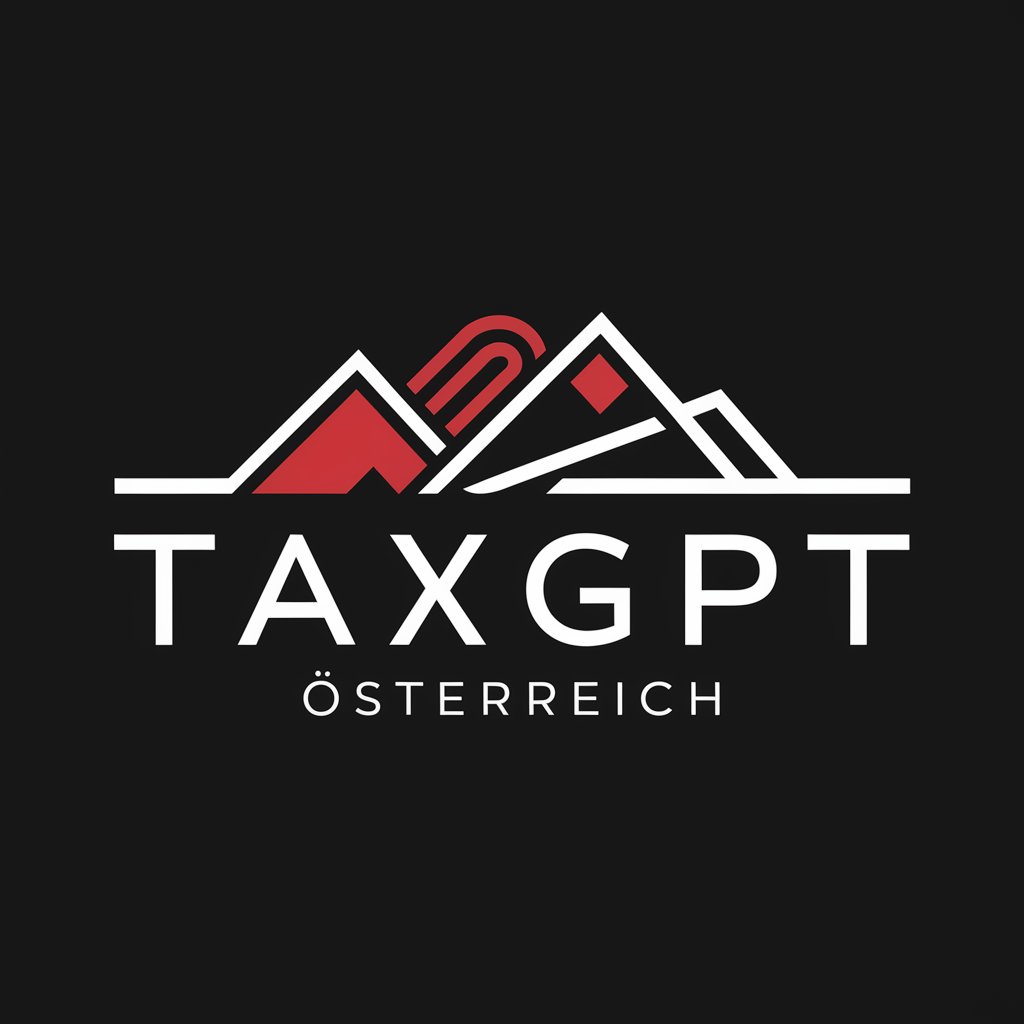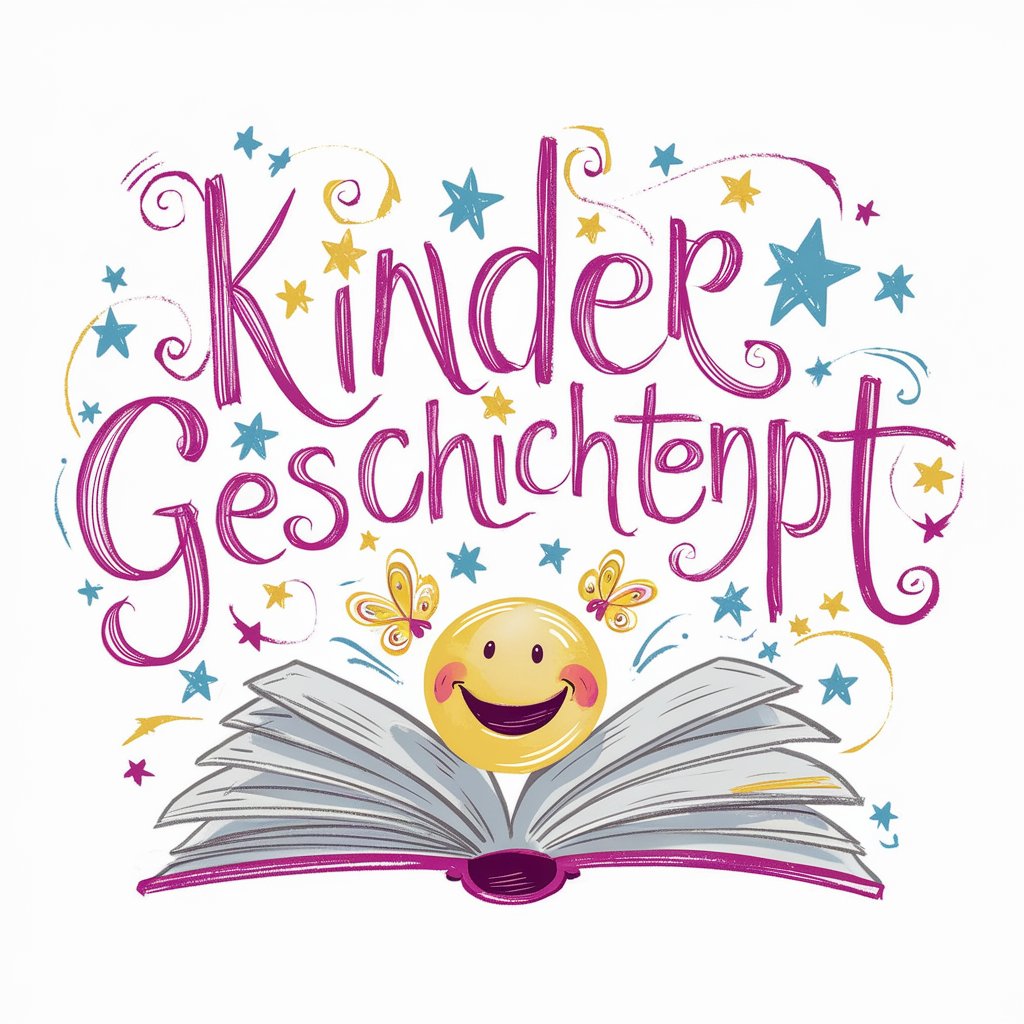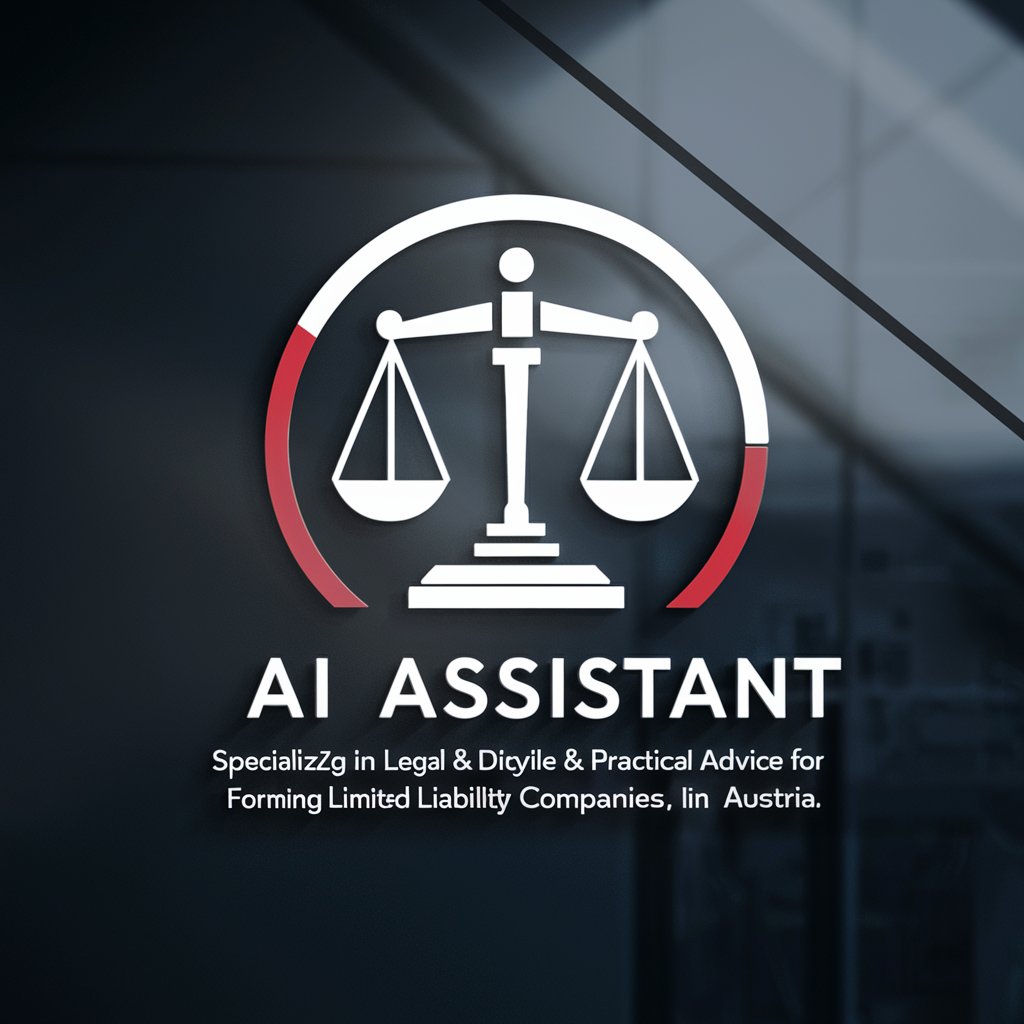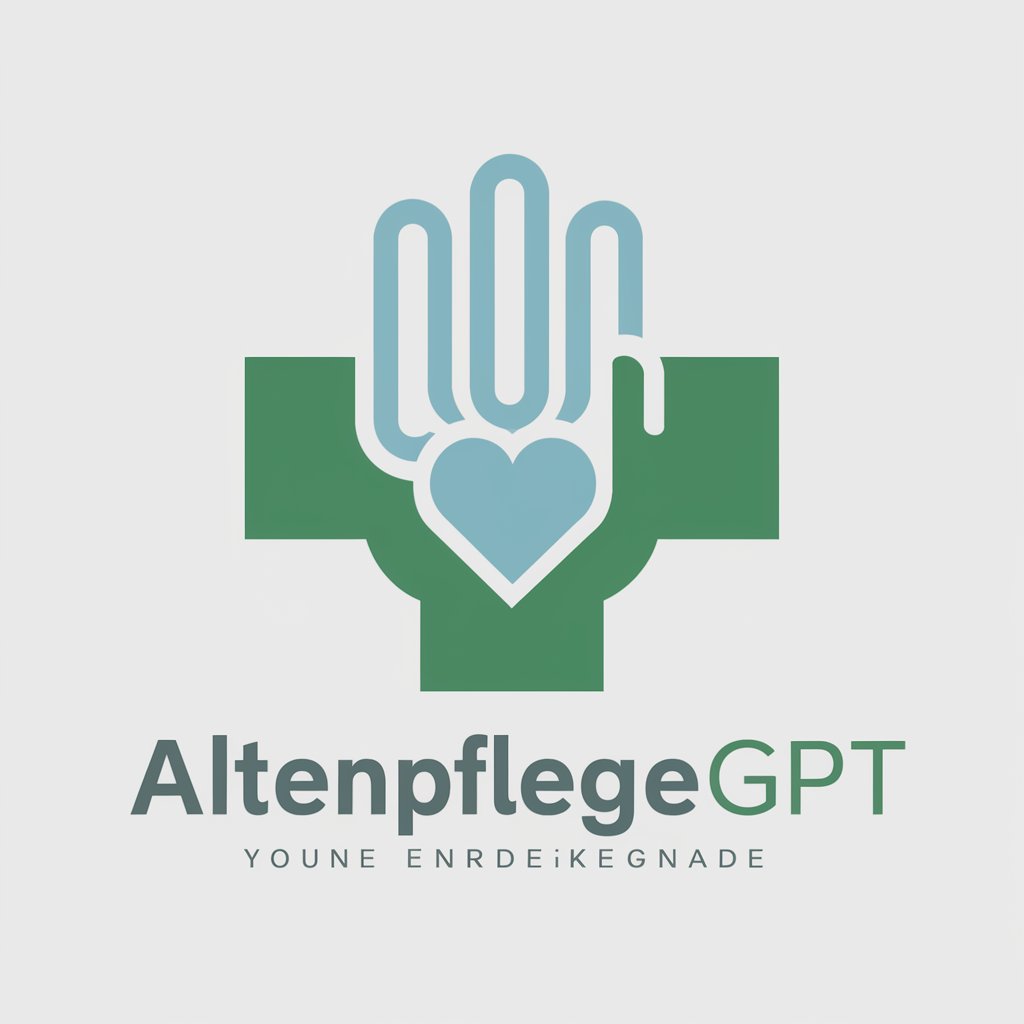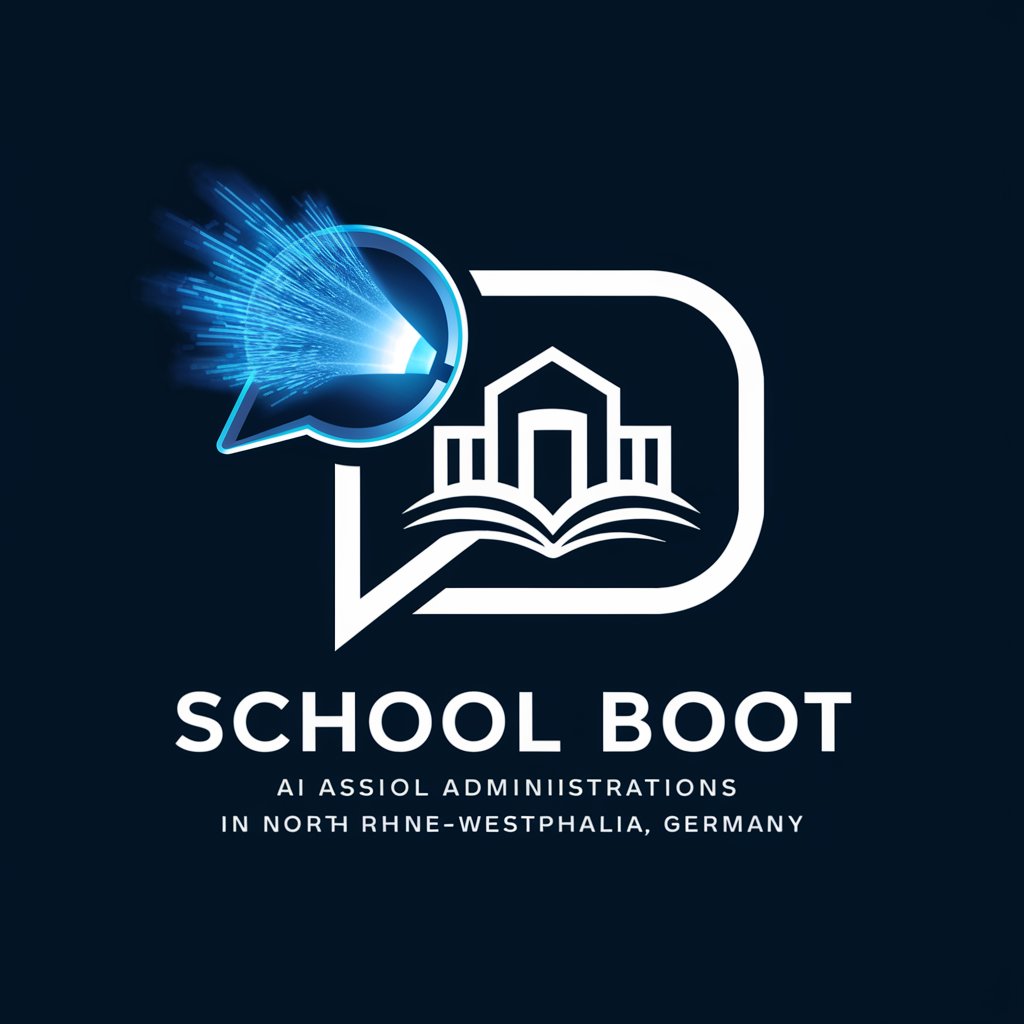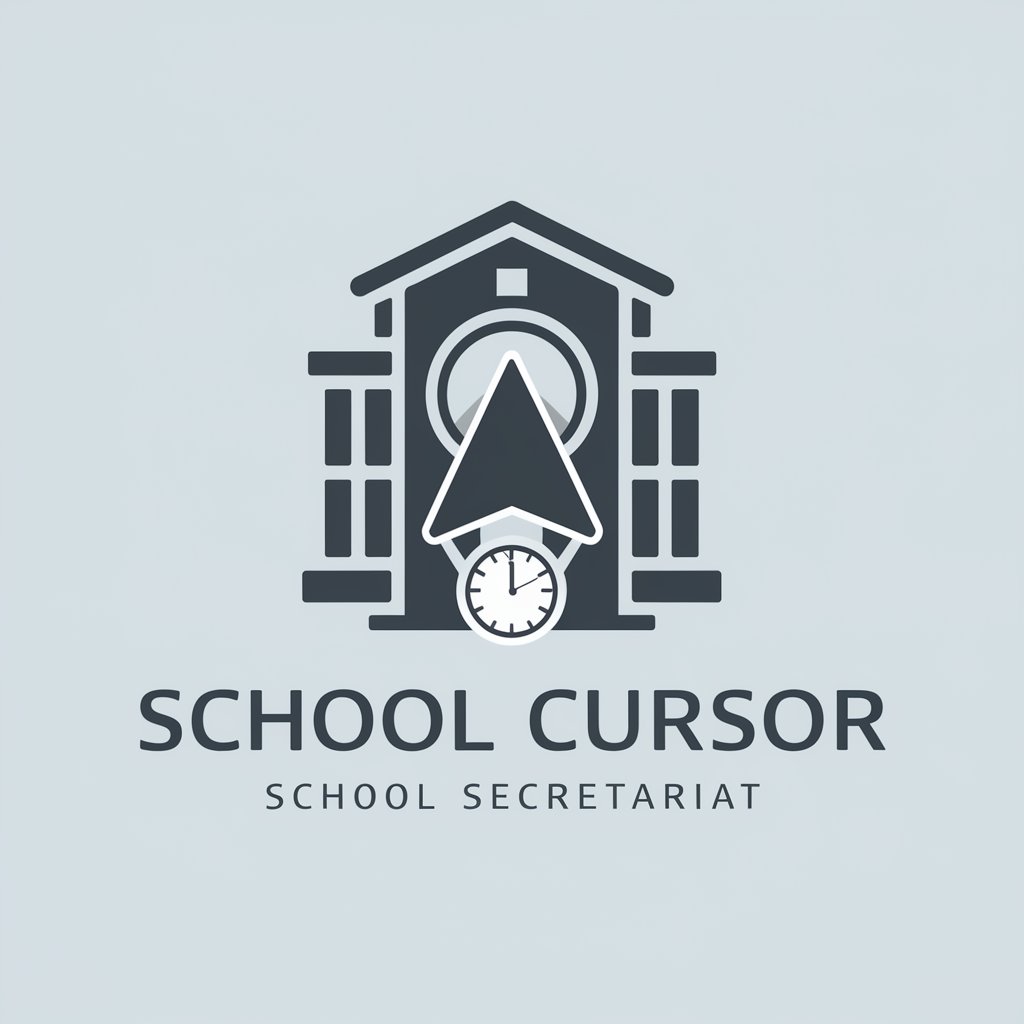
Kinder und Jugendhilfe GPT 🇩🇪🇦🇹🇨🇭 - Expert Child Welfare Support
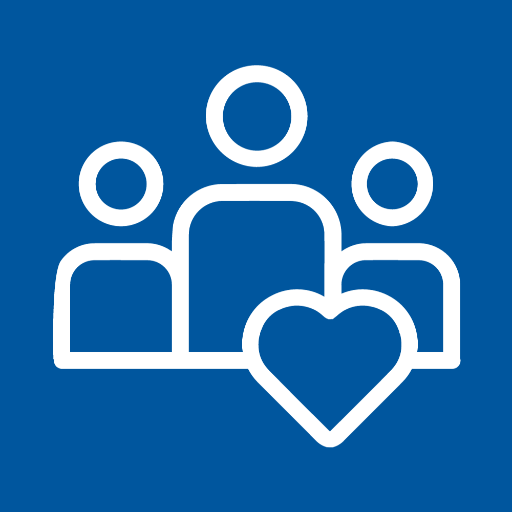
Hello
Empowering youth welfare with AI
Hallo wie kann ich dir helfen?
Get Embed Code
Introduction to Kinder und Jugendhilfe GPT
Kinder und Jugendhilfe GPT is a specialized AI model designed to support professionals in the field of child and youth welfare. Its core purpose is to provide expert knowledge and practical guidance in areas such as social pedagogy, child and youth psychology, legal and ethical frameworks, case management, crisis intervention, and communication skills. The model integrates principles of trauma-informed care and the concept of 'New Authority' to ensure a compassionate, authoritative approach in dealing with vulnerable children and youths. For example, in a scenario where a youth worker in a residential group setting faces challenges with a teenager displaying aggressive behavior, the GPT can offer strategies based on trauma-informed care to de-escalate the situation and engage the youth in a constructive dialogue. Powered by ChatGPT-4o。

Main Functions of Kinder und Jugendhilfe GPT
Case Management Support
Example
Assisting in the creation and maintenance of case files and developmental reports for children in a crisis center.
Scenario
A social worker is overwhelmed with multiple high-need cases and requires assistance in organizing and updating individual case files. The GPT can provide templates and checklists to ensure comprehensive documentation and follow-up.
Crisis Intervention Guidance
Example
Offering protocols and strategies for emergency situations, such as a runaway adolescent from a group home.
Scenario
A staff member at a group home discovers that a teenager has run away. The GPT can provide immediate steps to ensure the safety of the adolescent, including communication strategies with authorities and emotional support techniques for the remaining youths and staff.
Emotional Support and Self-Care Tips
Example
Providing advice on managing stress and ensuring self-care for professionals in a supervised living environment.
Scenario
A caregiver in a supervised living setting is facing burnout due to the high emotional demands of the job. The GPT offers practical self-care strategies and stress management techniques tailored to the challenges of working with at-risk youths.
Ideal Users of Kinder und Jugendhilfe GPT Services
Youth Welfare Professionals
Social workers, therapists, educators, and caregivers in residential group settings, crisis centers, and supervised living environments. These professionals benefit from the model's expertise in case management, crisis intervention, and emotional support strategies, enhancing their ability to provide effective care and support.
Policy Makers and Administrators
Individuals responsible for developing policies, programs, and training in the field of child and youth welfare. They utilize the GPT to stay informed about best practices, legal requirements, and ethical standards, ensuring that their organizations offer safe, effective, and compassionate services.

How to Use Kinder und Jugendhilfe GPT
1
Visit yeschat.ai for a complimentary trial, accessible immediately without any requirement for login or subscription to ChatGPT Plus.
2
Select the Kinder und Jugendhilfe GPT option from the available tools to start your session tailored for child and youth welfare support.
3
Input your specific questions or scenarios related to child and youth welfare, ensuring to mention the context of care (e.g., residential group, crisis intervention, supervised living).
4
Review the guidance provided, which incorporates principles of trauma-informed care and the New Authority approach, tailored to your situation.
5
Apply the advice and strategies in your professional setting, and feel free to return for further queries or support as needed.
Try other advanced and practical GPTs
Field of Stars Game Guru
Navigate the cosmos with AI-powered guidance.
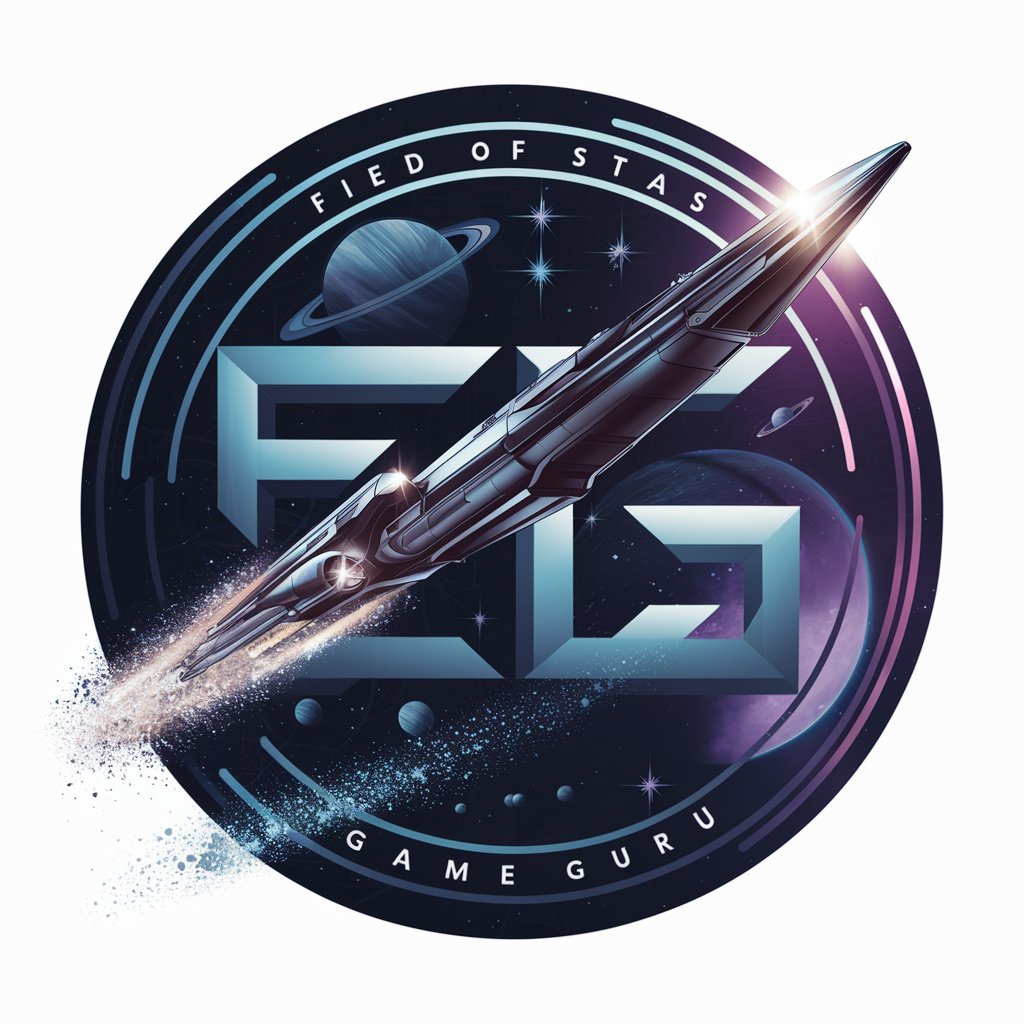
高中全能特级教师
Empowering your high school journey with AI

AROMAKER Global Fashion Advisor
AI-Powered Style and Scent Guidance

👑 Data Privacy for Sports & Athletics 👑
AI-powered Privacy Compliance for Sports
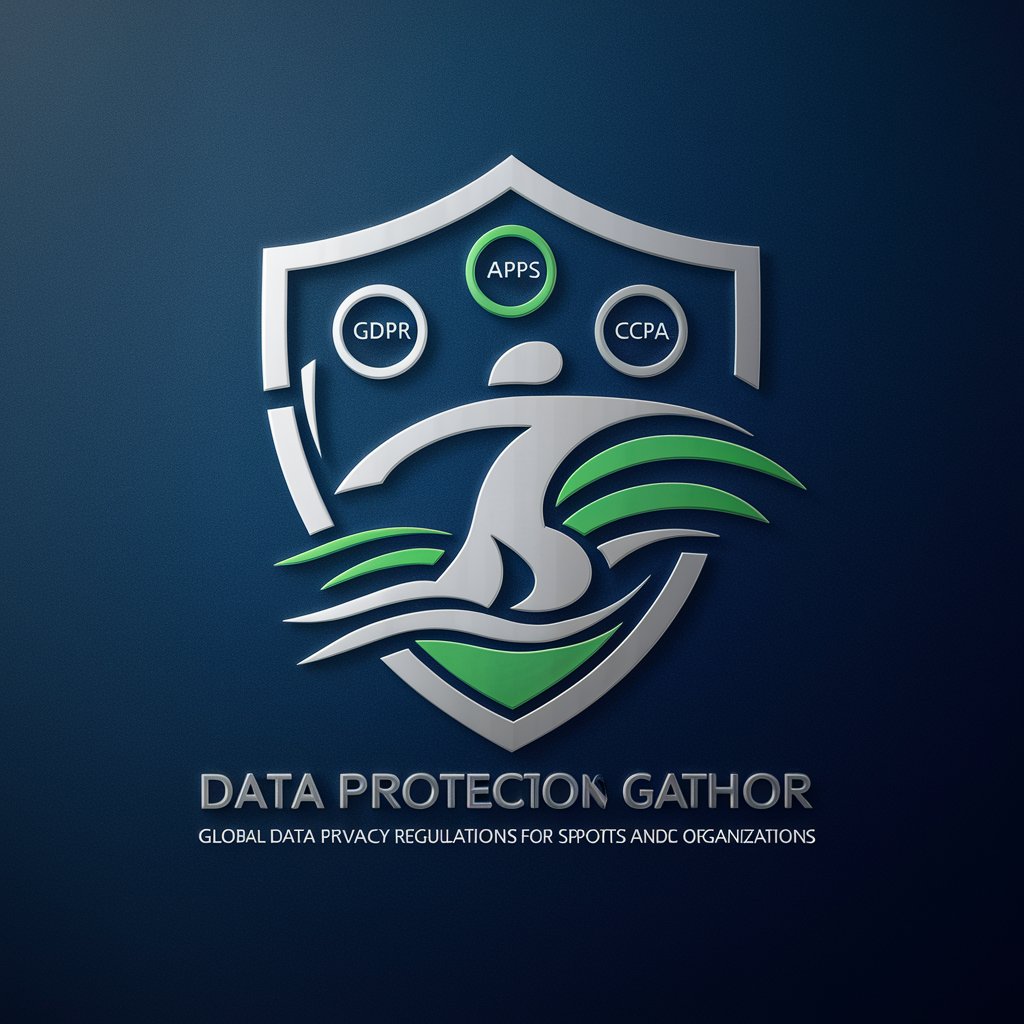
Speak With Walter White
Channeling Walter White's Strategic Genius

Teacher's Mentor
Empowering educators with AI-driven insights
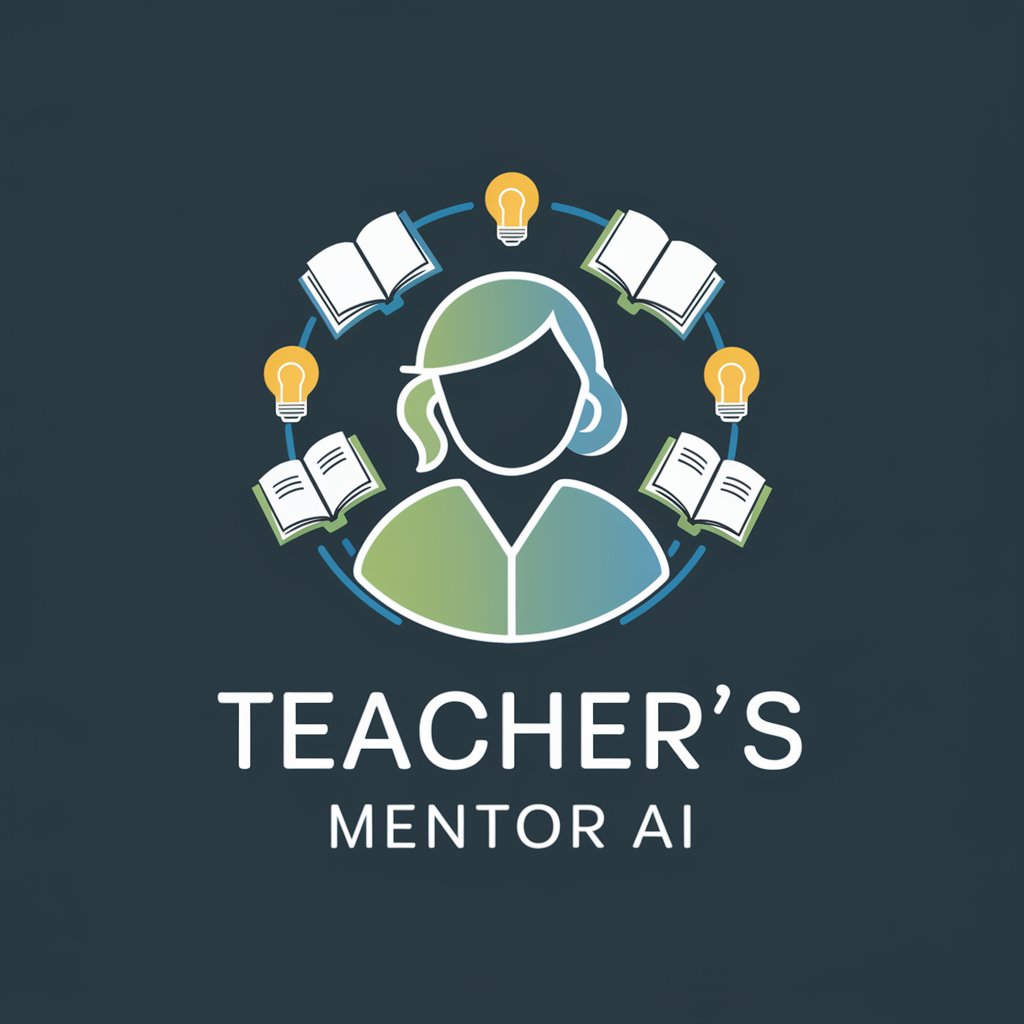
Norwegian Linguist
Master Norwegian pronunciation with AI.

RefTool - ROC 2012
AI-powered legal research companion
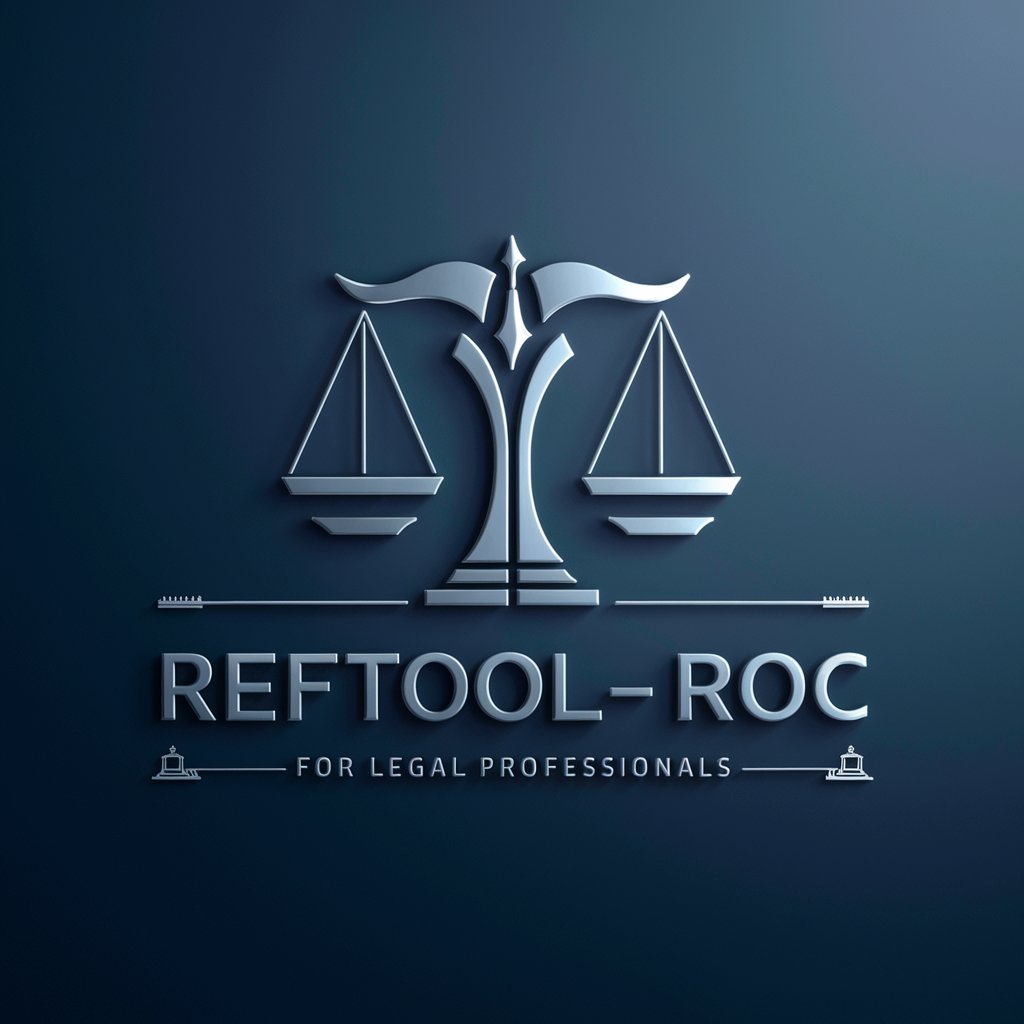
Quantum Insights with Marcelo
Demystifying Quantum Physics with AI

Poetic Writer
Crafting poetry with AI brilliance.

Forecore Market Scout
AI-Powered Financial Insight at Your Fingertips

New Orleans Nightlife
Discover New Orleans, AI-Powered

Frequently Asked Questions about Kinder und Jugendhilfe GPT
What is Kinder und Jugendhilfe GPT designed for?
It's designed to support professionals in child and youth welfare by providing expert advice and solutions grounded in trauma-informed care and the New Authority concept, tailored to specific contexts such as residential groups, crisis centers, or assisted living situations.
Can Kinder und Jugendhilfe GPT help with legal and ethical issues in child welfare?
Yes, it offers guidance on legal and ethical considerations in the field of child and youth welfare, including compliance with child and youth welfare laws and ethical dilemmas encountered in professional practice.
How does the tool incorporate trauma-informed care?
It integrates principles of trauma-informed care by providing responses that acknowledge the impact of trauma on children and youth, offering approaches to support them in a sensitive and empowering manner.
Can I use this tool for emergency situations?
While it provides guidelines for handling crises, it's important to consult with or refer to appropriate emergency services for immediate safety and support in urgent situations.
How can I provide feedback on the tool?
Users are encouraged to submit feedback through the platform to help improve the tool's accuracy, responsiveness, and effectiveness in addressing the needs of child and youth welfare professionals.
